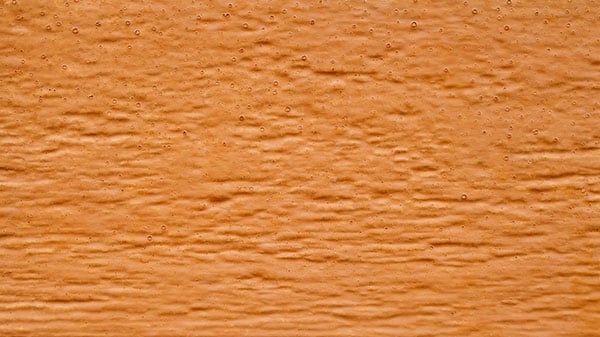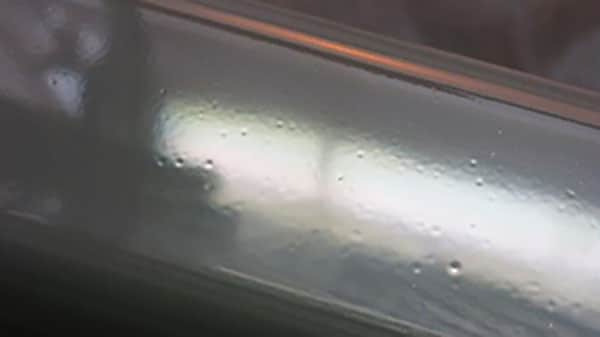What are they and how do I solve these?
Cissing (or fisheyes), dimples are defects brought on by the presence of a minute level of surface contaminants during the painting process. However, there are ways to help prevent this and we’ll take you through them below.
Craters are a defect that is usually associated with spray application.
Cissing and Dimpling
How to recognise them
Cissing and dimpling (sometimes known as “Crawling” or “Fisheyes”) are very small circular defects, where the paint has receded to expose the underlying substrate or coating. If the central underlying substrate area is visible, the defect is known as cissing. If the central underlying substrate area is not visible the defect is known as a dimple. The defects are usually around 1-3mm in diameter and are normally visible straight after application. Cissing is normally visible straight after application.


